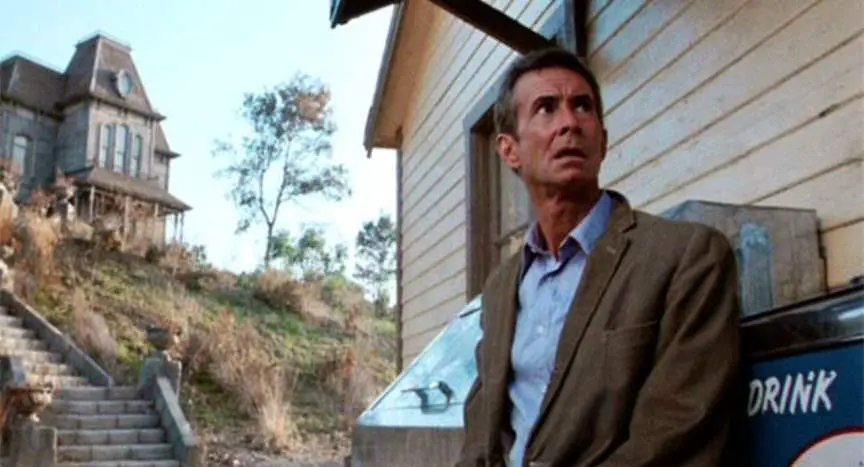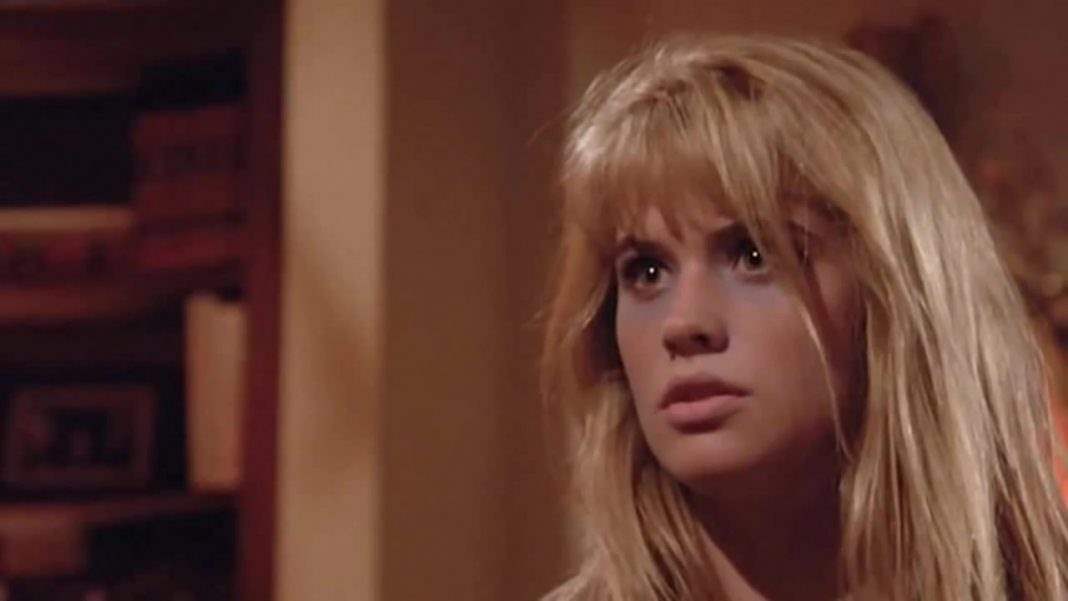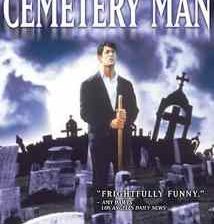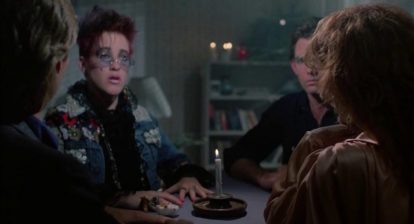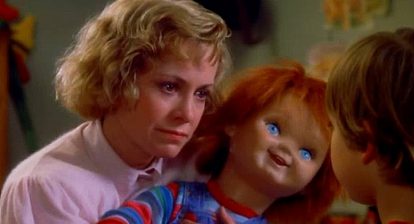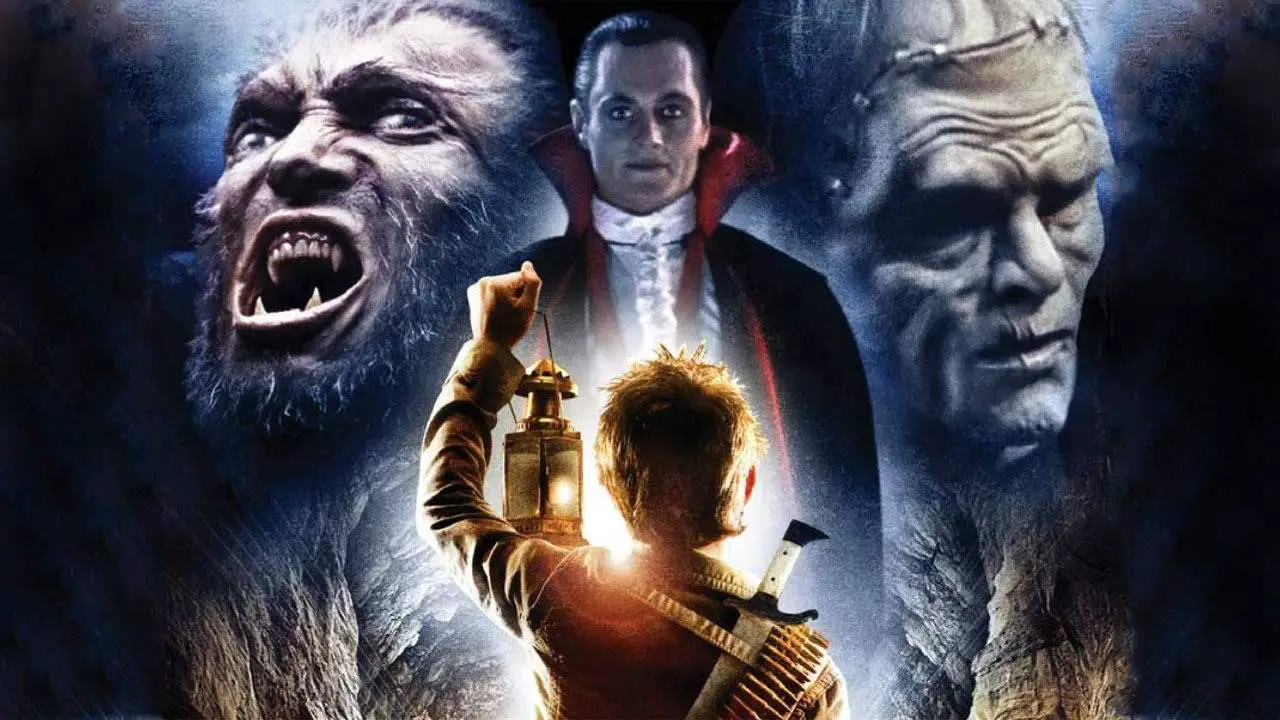Welcome to Back to the ’80s. This recurring feature aims to take a look at the good, the bad, and the ugly from horror’s most beloved decade. Regardless of which category a particular film falls under, this segment will spotlight films that horror fans can appreciate for one reason or another. We will look at how some of these flicks have stood the test of time and others have not aged quite so well. Regardless of what they look like today, these efforts from the 1980s laid the groundwork for the horror genre as we know it today. In this installment, we will be taking a look at Psycho III.
Maureen Coyle (Diana Scarwid) is an unstable young nun that has lost her faith. After a failed suicide attempt leads to the death of a fellow Sister in Christ, Maureen decides it’s time to leave the church. She struggles with depression in the heat of the desert until finally being picked up by Duane Duke (Jeff Fahey), a musician hoping to make it big in L.A. Before long, Duane crosses the line and Maureen is left abandoned on the side of the road. Their paths will cross again as they make their separate treks to the Bates Motel in this third installment of the Psycho franchise.
At the end of 1983’s Psycho II, audiences came to find the infamous Norman Bates (Anthony Perkins) visited by Emma Spool (Claudia Bryar). She claimed to be his real mother. Unfortunately, Spool had her own mental problems over the years which could explain her poor judgment in forgetting the consequences to being Norman’s mother. With a shovel and some tea, Norman took care of this new mother and had a new reason to fully slip back into insanity. The entirety of the celebrated first sequel found Norman questioning but never succumbing into madness until the very end. Mary (Meg Tilly) and Lila Loomis (Vera Miles) brought him close to the edge and succeeded just a little too late.
In 1960, Alfred Hitchcock created a seminal masterpiece with Psycho. The feature is still academically studied today. Psycho is one of those flicks on an elevated level and any sequels really should be studied from a different perspective. Like John Carpenter’s Halloween (1978), Psycho generated a franchise that developed sequels constantly compared to the original. Yet, what was created from the original piece was something groundbreaking and influential. By definition, a sequel is furthering ideas from a previous work and has a limited chance of doing something new and innovative. Typically, the story is a continuation of a previous narrative.
So, when watching Psycho II one has to approach the film on its own merits. Like Norman Bates, the Psycho franchise was acclimating into the slasher craze formula of the 1980s. On many levels, the first sequel is incredibly successful. From a clever script to a terrifying atmosphere, Psycho II is a sequel worth watching. New characters are added alongside characters from the original, and they are just as compelling and vulnerable. Norman’s arch is continued in a way that makes sense 22 years later. And, personally, it’s my favorite of the Psycho films.
Related: Read Nat’s take on why the second installment is almost as good as the original!
On the flip side, 1986’s Psycho III is full of innovative but unevenly executed ideas. The second feature generated a suspenseful atmosphere based on components from Hitchcock’s picture. Psycho III starts off strong and is littered with one or two nerve-wracking moments; however, a reliance on homages over fresh setups quickly steers the film off course. This third entry in the series is directed by none other than Norman Bates actor Anthony Perkins. There are more than a few scenes in which Perkins recreates shots designed by Hitchcock. For example, the way in which Arbogast (Martin Balsam) fell down the staircase is reconstructed for a major death in this flick. These recreations are done so well that they tend to make the new death sequences seem mundane and ineffective.

The film faces a major problem in identifying with whom the audience is meant to relate. After the revelation in Psycho II, we know that Norman is up to his old tricks. There is no mystery this time as to who is the killer; however, in terms of suspense, the best scenes are when we are worried about Norman being caught. In the original Psycho, Hitchcock found a strong balance in letting the audience worry about Norman as well as “Mother’s” potential victims. In a macabre sort of way, we forgave Norman’s actions up until the climax because he was trying to protect his mother.
This time around we know that Norman is Mother. Psycho III tilts towards Norman’s side of the story. Perkins succeeds in generating a successfully suspenseful atmosphere when it comes to Norman being found out. One delightfully nail-biting scene shows the sheriff (Hugh Gillin) chewing on some ice that is barely concealing a victim. Another excellent sequence finds Norman caught in his infamous swamp. Unfortunately, worrying about him takes away from the suspense meant for any unsuspecting victims. And, thus, all the effort to make these other scenes appear scary becomes ineffective. The audience becomes left with an uneven film. Psycho and Psycho II worked well with a rounded out bunch of characters that, along with Norman, merited sympathy in different ways. This feature does not achieve that same effect.
Also See: Back to the ’80s: Fright Night
To be fair, some of the blame has to lay with the characters created in Charles Edward Pogue’s screenplay. These characters are not likable. With the exception of Maureen and the sheriff (created by Tom Holland), the people in Psycho III are either nasty or boring stereotypes. The acting is fine enough, but certain “protagonists” are intended to instill sympathy with the audience. This intention fails on many levels. In particular, journalist Tracy Venable (Roberta Maxwell) is meant to lead the audience through a chilling conclusion. Venable is a one-note character that does little more than antagonize everyone else in the film. Even the few that are relatively likable. She is more likely to alienate the audience rather than garner their sympathy. Which is unfortunate because Perkins’s performance in the finale is sensational.
Perkins brings Norman to life once again in this third feature as both director and actor. His role as director is effective enough overall. He occasionally misses the mark; however, one can see the potential in his ideas. In terms of becoming Norman again, Perkins is as fascinating as ever. His internal conflict is palpable as he struggles with becoming Mother or remaining true to himself. While in the past he has always been a dutiful son to his mother (real or imagined), in the third installment Norman finally resists the hold Mother has on him. Perkins deftly sinks back into this iconic role in a way that redeems many of Psycho III’s faults.
Diana Scarwid’s performance is an additional reason to enjoy this sequel. She projects vulnerability and desperation as this young woman wanting to believe there is some purpose to life. Scarwid convincingly develops Maureen’s arc from being an isolated nun to a woman that could fall in love with Norman Bates. In addition, Jeff Fahey’s Duane is one of the many mentioned before unlikable characters. Nevertheless, Fahey exudes a certain duplicitous charisma that is believably both charming and loathsome.
Click here to read why this franchise’s sequels get a bad wrap!
Psycho III is full of interesting ideas with one or two actually working. The feature is hit-or-miss in terms of suspense and character development. There are many wink-nudge moments containing welcome references to the original; however, these setups take away focus from any new and original ideas specific to this sequel. Unique to this installment is the franchise’s one true supernatural occurrence. While it could be explained away as coincidence, Mother actually moves independently of Norman. The movement is small and incredibly convenient. And represents the lack of logic frequently present in this movie. Fans of ‘80s horror will not be overly impressed with Psycho III. Still, those that enjoy the saga of Norman Bates will be satisfied with Anthony Perkins’s performance and his ultimate confrontation with Mother.

